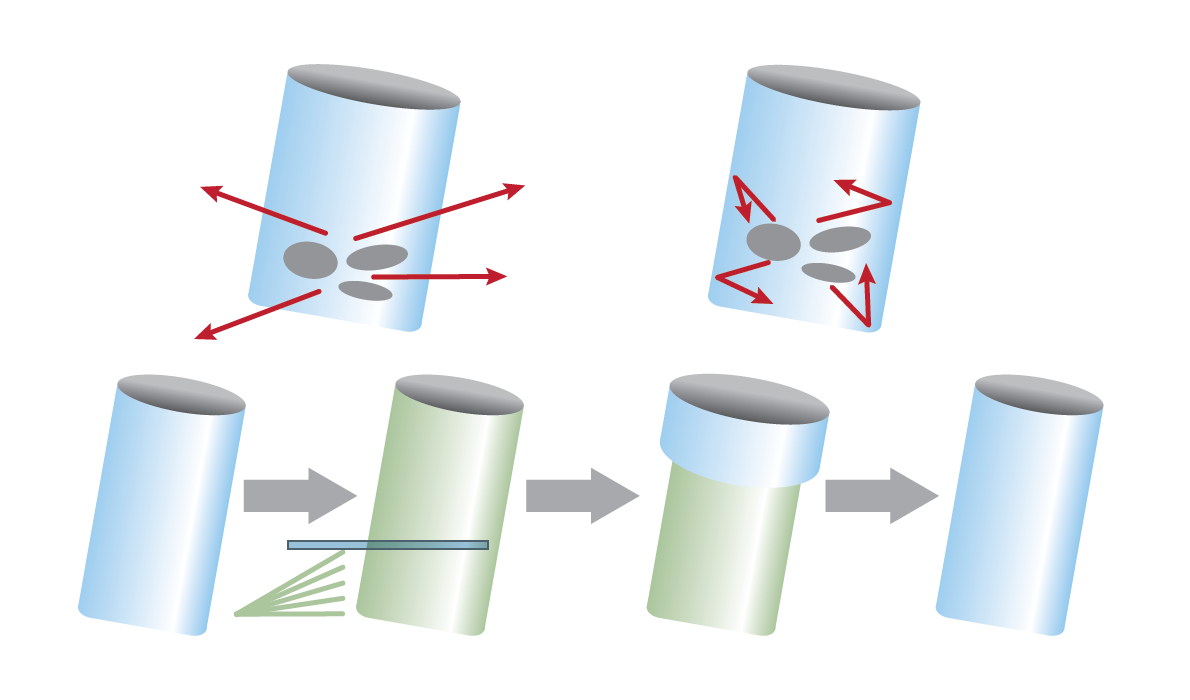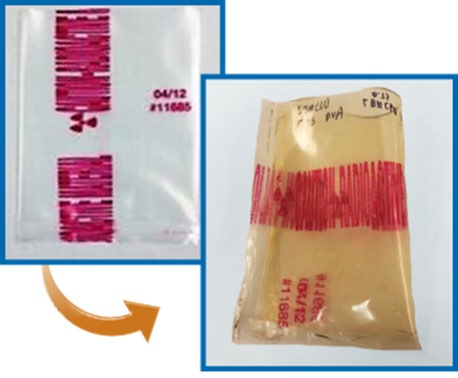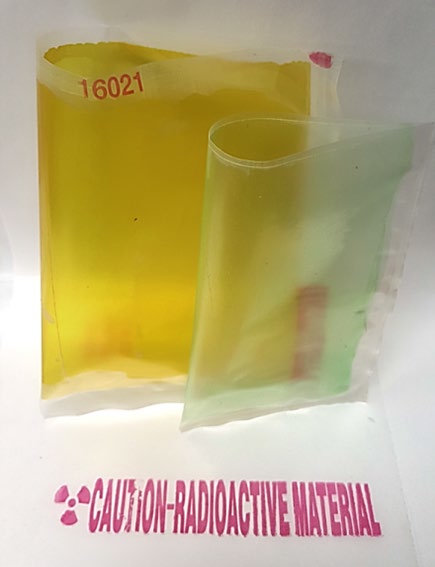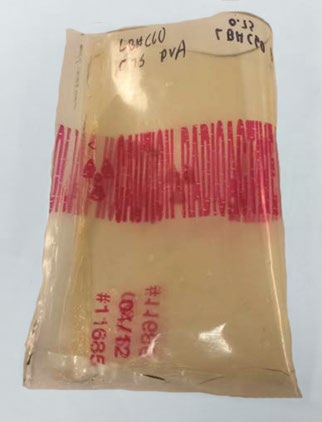Tech Briefs
Savannah River National Laboratory
Reinforced Radiological Containment Bag
Scientists at the Savannah River National Laboratory (SRNL) are working on development of a new radiological waste containment bag that better resists degradation. The improved containment bag will be vital in the cleanup and containment of high-energy waste such as plutonium with minimal additional cost.
Background
At the Savannah River National Laboratory, the primary goal is innovation for safe and cost effective legacy waste cleanup. New methods are constantly being explored in order to protect workers and protect the environment. When scientists realized that a radiological waste bag wasn’t lasting as long as it should for temporary or long term nuclear storage in waste drums, they began working on inventing a new one. As a result a radiation-hardened waste containment bag that better resists degradation while containing nuclear waste is being developed.

At a glance
- Does not generate additional waste
- Minimizes radiation exposures
- Reduced process time
- Reduces statistical noise in data
- Cost effective
- Patent applied for

How it Works
Much like a household garbage bag is used to protect waste from leaking into a garbage can, special radiological waste bags are used to keep radioactive materials from contaminating storage containers through bag failures. As materials are stored, the polymers used to create these bags fail due to damage from acute and chronic exposure to radiation. This failure can result in contamination and hydrogen generation from the degraded polymer causing a significant hazard in both exposure in repackaging and a potential fire. This new invention uses nanotechnology to infuse radiation-resistant particles onto a sacrificial polymer layer. By altering the material on a molecular level, it is now able to virtually eliminate damage from high-energy alpha particles. A special coating material may also be included between the layers that would function as a sensor for initial failure because the materials changes color if the inner layer of the bag is breached. The research team is continuing to evaluate this coating for application to other plastics and surfaces.
This technology will save money, but more importantly, it will make the process safer. Alpha radiation generating waste with long-term storage often needs to be repackaged before it can be delivered for final disposal. Eliminating or significantly reducing this need for repackaging, will save time, reduce the risk of personnel exposure, and reduce the environmental impact of generating more waste with failed contaminated bags. Additionally, by using inexpensive polymers and additives, the cost increase associated with making the improved bag is minimal.


Industry Uses
Possible industry uses of this material and technology include direct application to radiological containment bags, tool and instrument coatings, personal protective equipment, radiological sensing, long-term material storage, high quality radiological transport, and colormetric dosimetry.
Partnering Opportunities
SRNL invites interested companies with proven capabilities in this area of expertise to develop commercial applications for this process under a cooperative research and development agreement (CRADA) or licensing agreement. Interested companies will be requested to submit a business plan setting forth company qualifications, strategies, activities, and milestones for commercializing this invention. Qualifications should include past experience at bringing similar products to market, reasonable schedule for product launch, sufficient manufacturing capacity, established distribution networks, and evidence of sufficient financial resources for product development and launch.
Download Tech Brief
Contact Information
Savannah River National Laboratory
E-mail: partnerships@srnl.doe.gov